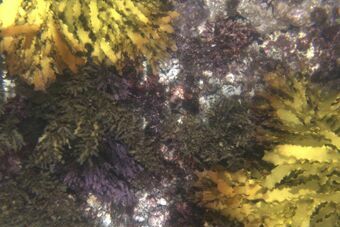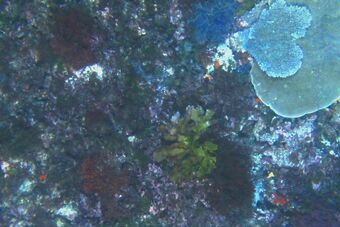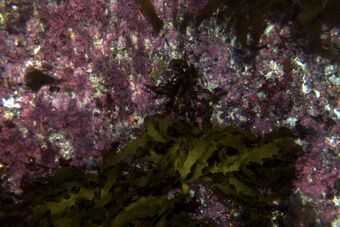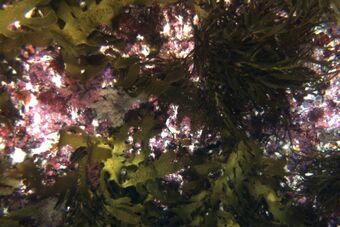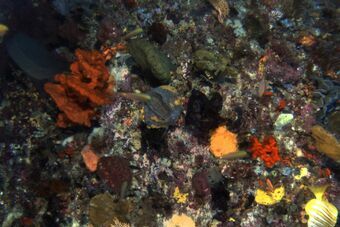Publications:
Giraldo-Ospina et al. 2020
Marine heatwaves (MHWs) have been documented around the world, causing widespread mortality of numerous benthic species on shallow reefs (less than 15 m depth). Deeper habitats are hypothesized to be a potential refuge from environmental extremes, though we have little understanding of the response of deeper benthic communities to MHWs. Here, we show how increasing depth moderates the response of seaweed- and coral-dominated benthic communities to an extreme MHW across a subtropical–temperate biogeographical transition zone. Benthic community composition and key habitat-building species were characterized across three depths (15, 25 and 40 m) before and several times after the 2011 Western Australian MHW to assess resistance during and recovery after the heatwave. We found high natural variability in benthic community composition along the biogeographic transition zone and across depths with a clear shift in the composition after the MHW in shallow (15 m) sites but a lot less in deeper communities (40 m). Most importantly, key habitat-building seaweeds such as Ecklonia radiata and Syctothalia dorycarpa which had catastrophic losses on shallow reefs, remained and were less affected in deeper communities. Evidently, deep reefs have the potential to act as a refuge during MHWs for the foundation species of shallow reefs in this region.
15- 40 m
Mesophotic “mentions”
8 x (total of 6564 words)
Classification
* Presents original data
* Focused on 'mesophotic' depth range
* Focused on 'temperate mesophotic ecosystem'
Fields
Climate Change
Focusgroups
Overall benthic (groups)
Seagrass
Locations
Australia - Western Australia
Platforms
Autonomous Underwater Vehicle (AUV)


